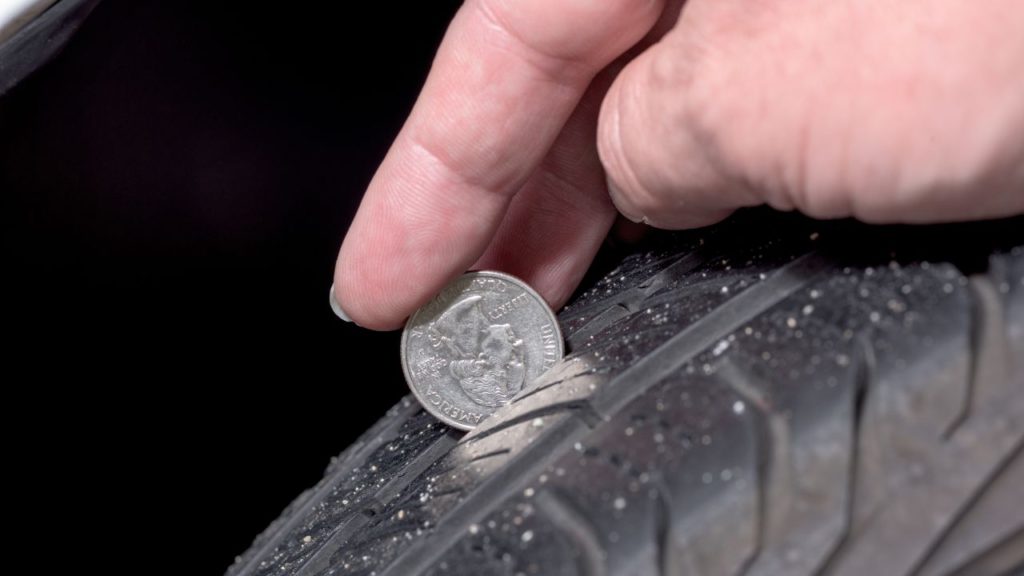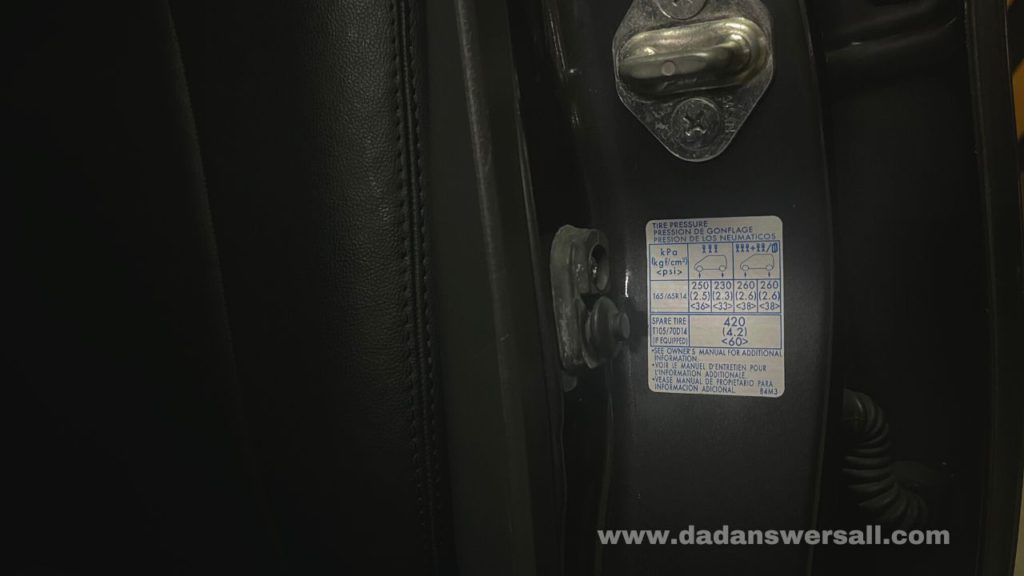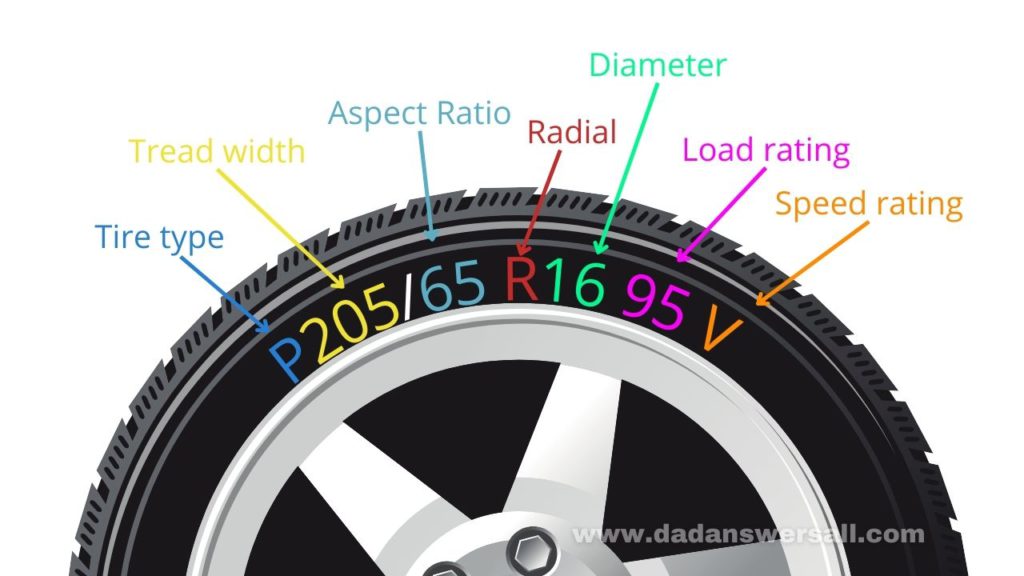Whether you have a sedan, truck, or compact SUV, proper care of your tires is crucial. But how often to replace tires, you ask? Well, you should have a tire replacement every six to ten years. Of course, there are external factors that would shorten the lifespan of tires.
In this article, you will learn the basics of maintaining your vehicle’s tires, how to know if your tires are due for a replacement, and what causes tires to give out.
Table of Contents
How Often Should Tires Be Replaced
According to the National Highway Traffic Safety Administration of NHTSA, you should replace your tires every six to ten years, depending on the manufacturer’s recommendation; this includes your spare tire. You should be able to drive on your tires for an average of 50,000 to 60,000 miles. Some tire manufacturers even offer tires that can last up to 80,000 miles. But even so, it is vital to regularly check your tires about once a month to check for signs of unexpected wear and tear.
5 Signs You Need New Tires
Many things can go wrong if you do not replace damaged tires. You can have a tire blowout or a flat tire. Either of these instances could cause an accident and harm you and the others around you.
Before that ever happens, there are visible signs that your vehicle needs a new set of tires.
Tread Depth

There are a few tips and tricks to checking the tread depth of your tires, including the penny and quarter test.
The rule of thumb for the penny test is if you place the coin into the groove of your tire’s tread with Lincoln’s head upside down. If you see his entire head, that indicates that you need to replace your tires. The same goes for the quarter test.
Another way to check the tread depth is to inspect the small raised sections within the grooves called tread wear bars. At any time, if these bars become level with the top of the tread, you need to change your tires.
Of course, you can also use a tire depth gauge which gives you the measurement of the height of the tread that is remaining on your tires. The tire tread should always be at least 2/32 of an inch.
Steering Wheel Vibrations
If you feel your steering wheel vibrating while you drive down the road, it can be a sign of many issues with your tires. This can mean your tires are unbalanced, over or underinflated, or worn unevenly. It can also indicate that your tire tread is so worn that it is about to blow out, and you need to replace these tires immediately.
Sidewall Damage
How often you should change your tires also depends on the current condition of the sidewall of your tires.
If your tires hit a rock, curb, or another hard surface, your tires will sustain sidewall damage. When this happens, air infiltrates into the tire and causes bulges or bubbles. Although you can still drive your car, there is a high probability that your tires could burst as you drive down the road.
Decreased Traction
Decreased traction is another sign you should replace your tires. If this is an issue with your vehicle, you might notice your car not holding to the road as well while you are braking or turning around a curve.
Poor Handling
Poor handling is associated with decreased traction. When you have a damaged tire (due to uneven tread wear or thin tire treads), the tires’ capabilities to grip the road are drastically reduced. This will lead to poor steering response or handling. As your drive, you will notice that your vehicle is skidding to the left or right even when you are not moving the steering wheel.
Must-Do Tire Maintenance and Care
In addition to having monthly and yearly vehicle maintenance, you should also conduct proper care and maintenance of your tires.
Maintain the Correct Tire Pressure

A car owner’s manual has specific recommendations on tire pressure.
Car Owner Tip: Don’t know where the manual of your car is? Open the driver’s side door. You will find a tire pressure sticker.
Your tires will also have the recommended pound per square inch (PSI). It is crucial to always keep the recommended tire pressure in your tires and check them regularly with a tire pressure gauge. Keeping them full will help optimize tire performance and fuel economy and should tell you if there is a leak you were unaware of.
Check Tire Balance and Wheel Alignment
One of the most common reasons for steering wheel vibration is the tires are unbalanced, and the wheels are misaligned. A mechanic can easily fix this as they will rebalance and realign your tires and wheels for you. Uneven tread wear is an indicator of unbalanced tires and wheel alignment.
Have Regular Tire Rotations
If you have your mechanic regularly rotate your tires, it will extend the life of your tires as they naturally wear out unevenly for several reasons. Often, your tires each roll over different surfaces, which can impact the tread. Also, the front tires wear faster than the rear. If you rotate them as necessary, the tread should stay even between the front and back set of tires and maximize their useful life.
Use the Correct Tire Type and Size

Be sure you have the correct tire type and size for your vehicle and driving habits.
For instance, all-terrain tires are perfect for off-road vehicles because they can withstand any driving surface, including paved roads and dirt roads. On the other hand, all-season tires are a good option for all moderate variations of the seasons.
Don’t what tire type and size you need? Check your tire’s sidewall markings. You will find not only the tire type but also the tread width, speed rating, aspect ratio, and diameter.
Tire Replacement Is a Must
Hopefully, you have learned how often to replace tires! Remember, you need to have your tires replaced every six to ten years or every 50,000 miles. If you want to at least reach the sixth mark before replacing your tires, make sure that you follow our tire care and maintenance tips!
